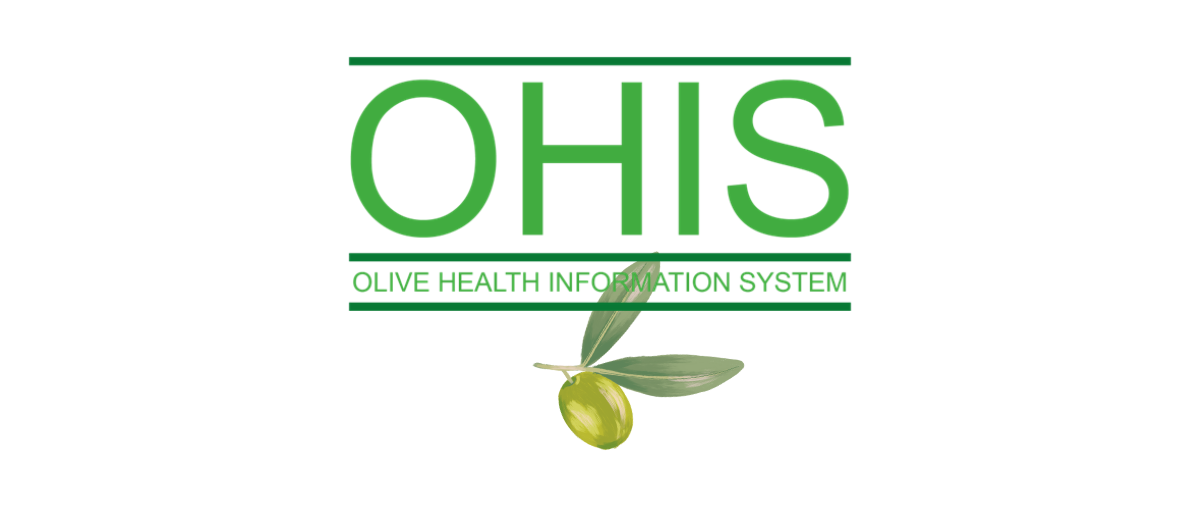Welcome to the IOC, the only intergovernmental organization in the world to bring together all the stakeholders involved in the production and consumption of olive oil and table olives.
Here you’ll find an overview of the latest sector statistics, including an update on olive oil prices, trends in international trade in olive oil and table olives, and producer prices for olive oil.
Follow us and visit our website to be up to date with the latest data! Don’t hesitate to send us an e-mail if you have any questions (iooc@internationaloliveoil.org).
THE OLIVE OIL AND TABLE OLIVE MARKET SITUATION – DATA FROM JULY 2024
Olive oil imports from Canada and the United States are on the rise. Canadian imports have risen by 1.4% since the start of the crop year (October 2023 to May 2024), while US imports rose by more than 25% between May and April.
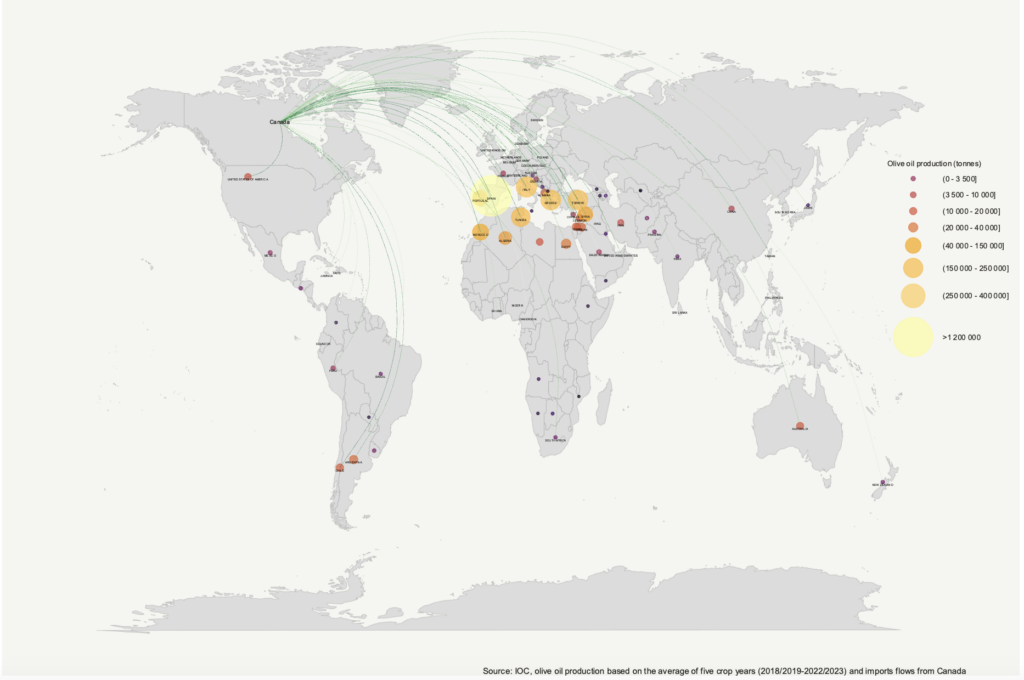 Graph 1: Average olive oil production from 2018/2019 to 2022/2023 and import flows from Canada.
Graph 1: Average olive oil production from 2018/2019 to 2022/2023 and import flows from Canada.
During the 2022/2023 crop year, almost 50,000 tonnes of olive oil and olive-pomace oil were imported by Canada, including just over 38,000 tonnes of virgin olive oil (97% of which was extra virgin).
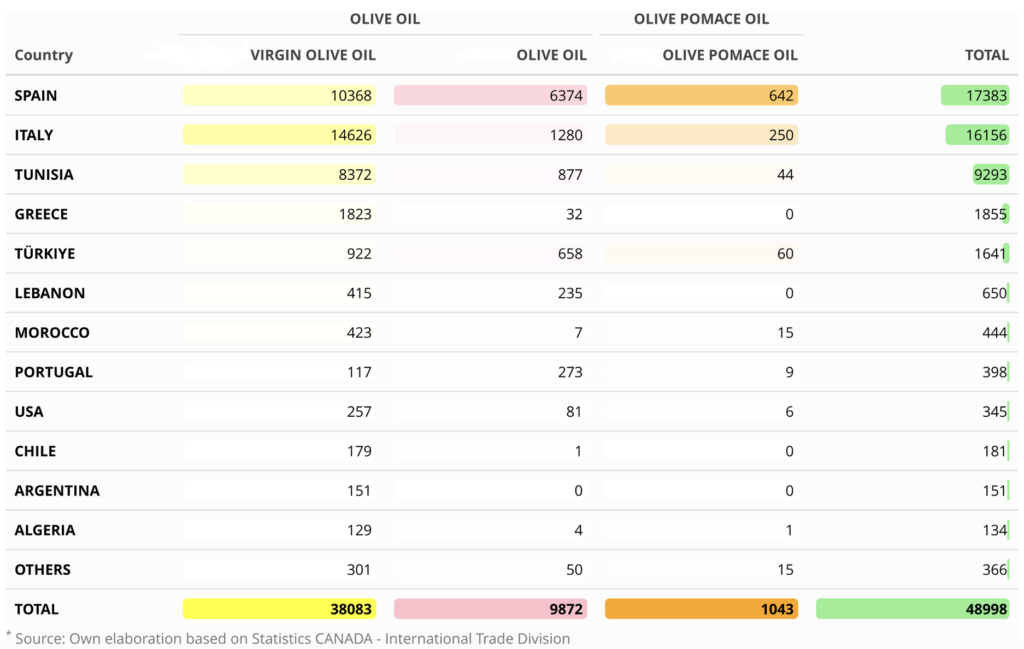
Table 1: Canadian olive oil and olive pomace oil imports by category and partner country.
Figures for the last week of June show that extra virgin olive oil was trading in Jaén (Spain) at €781 per 100kg (up 18.6% on the same period last year). In Bari (Italy), the figure was €950 per 100kg (+20.3%).
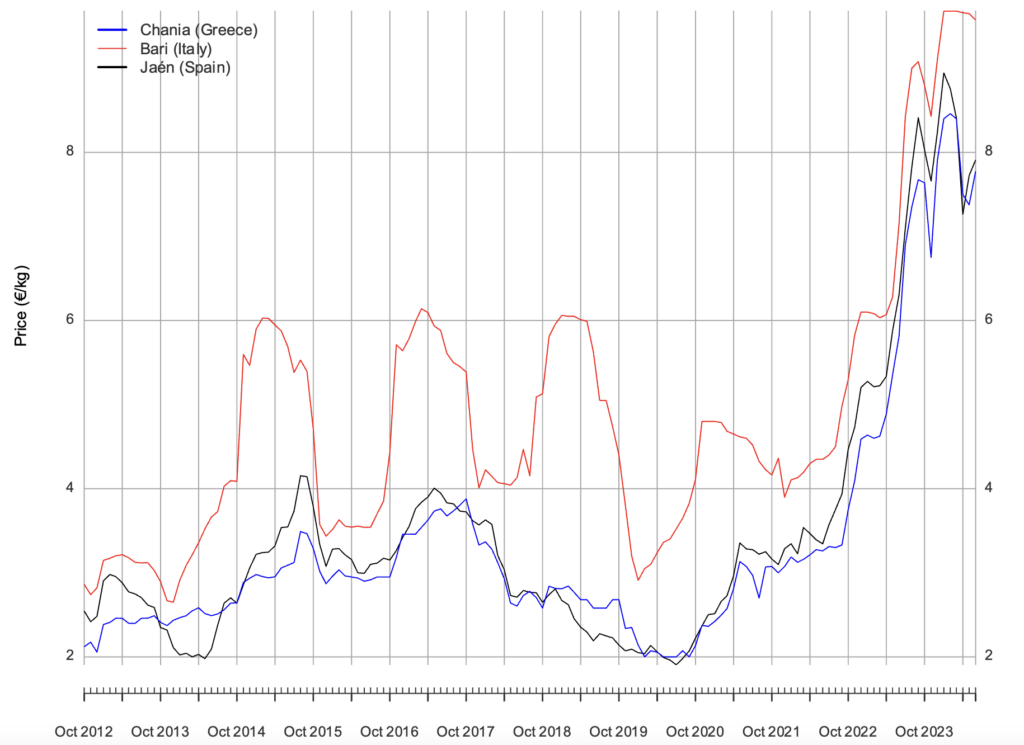
Graph 2: Monthly price trends for extra virgin olive oil.
In May of the 2023/2024 crop year, extra-Community olive oil exports from the European Union had a unit value of €960 per 100 kg (+52.7% on the same period of the previous marketing year, or -1.6% on the previous month). The price of extra virgin olive oil has exceeded €1,000 per 100 kg since March.
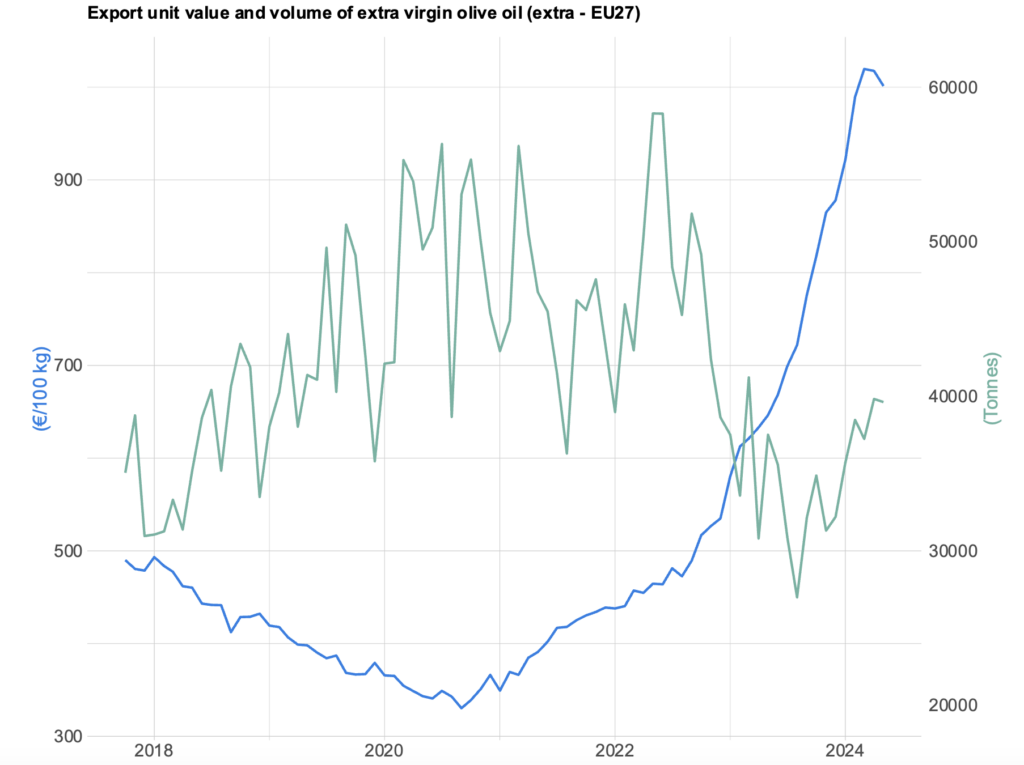
Graph 3: Monthly trends in the unit value (FOB) and volume of extra virgin olive oil exports from the European Union (volume in tonnes and value in euros).
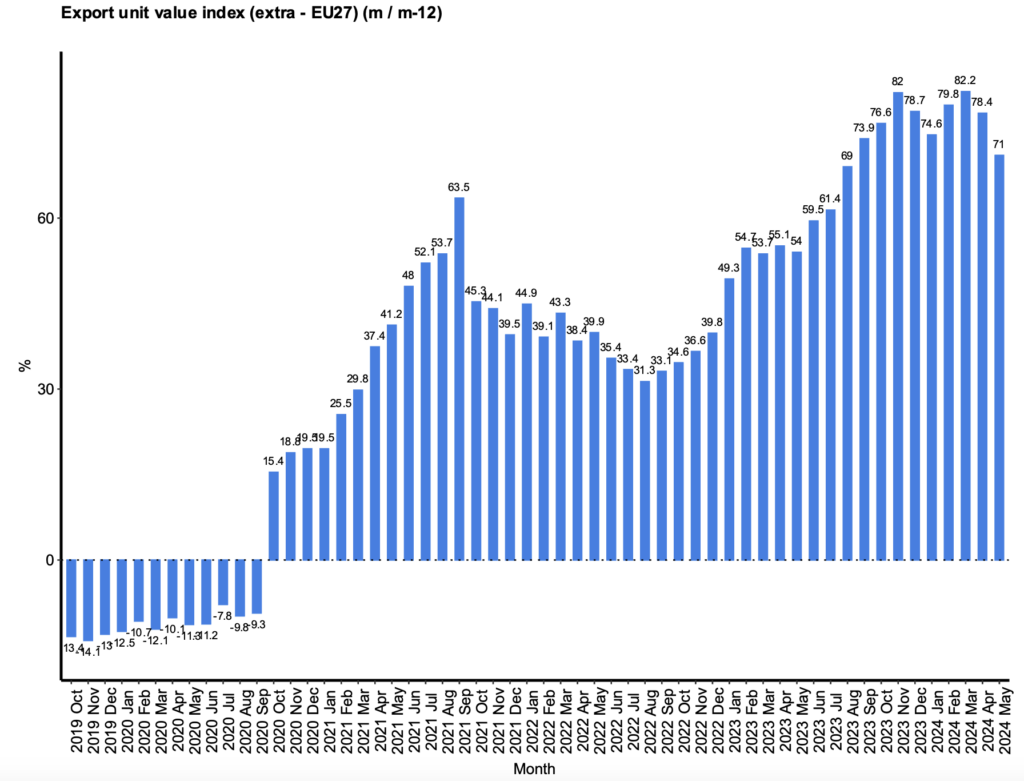
Graph 4: Monthly evolution of the unit value index of extra-EU olive oil exports. Rate of change (m/m-12) (%).
Imports of olive oil to the markets shown in the table below fell by 1.7% between October 2023 and May 2024 compared with the same period in the 2022/2023 crop year.
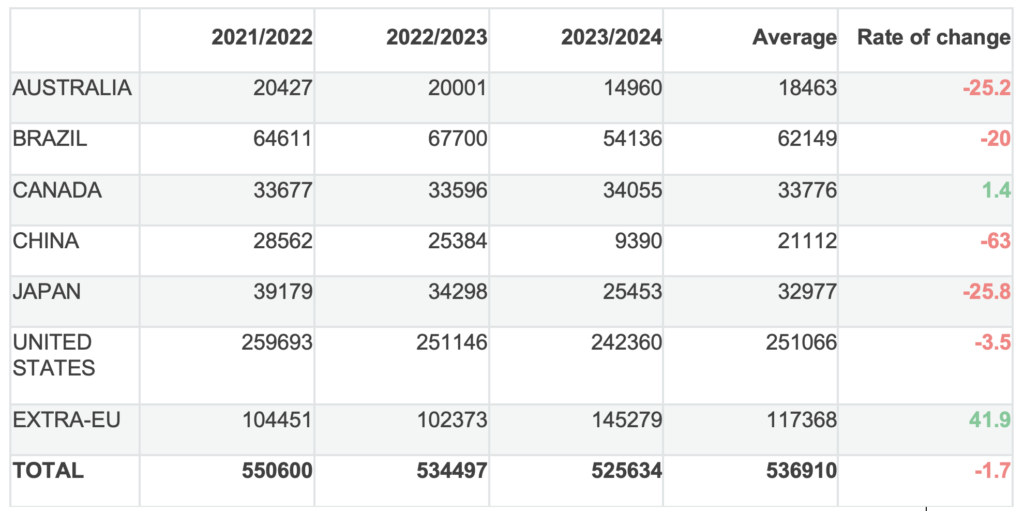
Table 2 : Olive oil imports from the main markets. Volume in tonnes.
In the case of table olives, imports from the countries shown in the table below increased overall by 11.3% in the period between September 2023 and May 2024 compared with the same period in the 2022/2023 crop year.
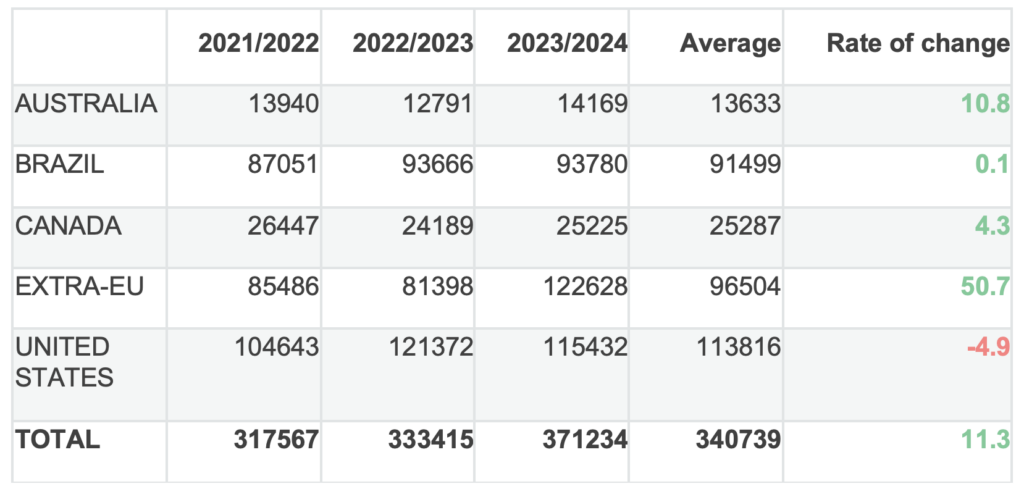
Table 3: Table olive imports from some of the main markets. Volume in tonnes.
The EU imported more than 18,000 tonnes of olive oil in May (+36.4% on the previous crop year, or -24.8% on the previous month). Tunisia is the EU’s main supplier of olive oil: over 12,000 tonnes were imported from this country in May. During the 2022/2023 crop year, 68% of all olive oil imported was extra virgin.
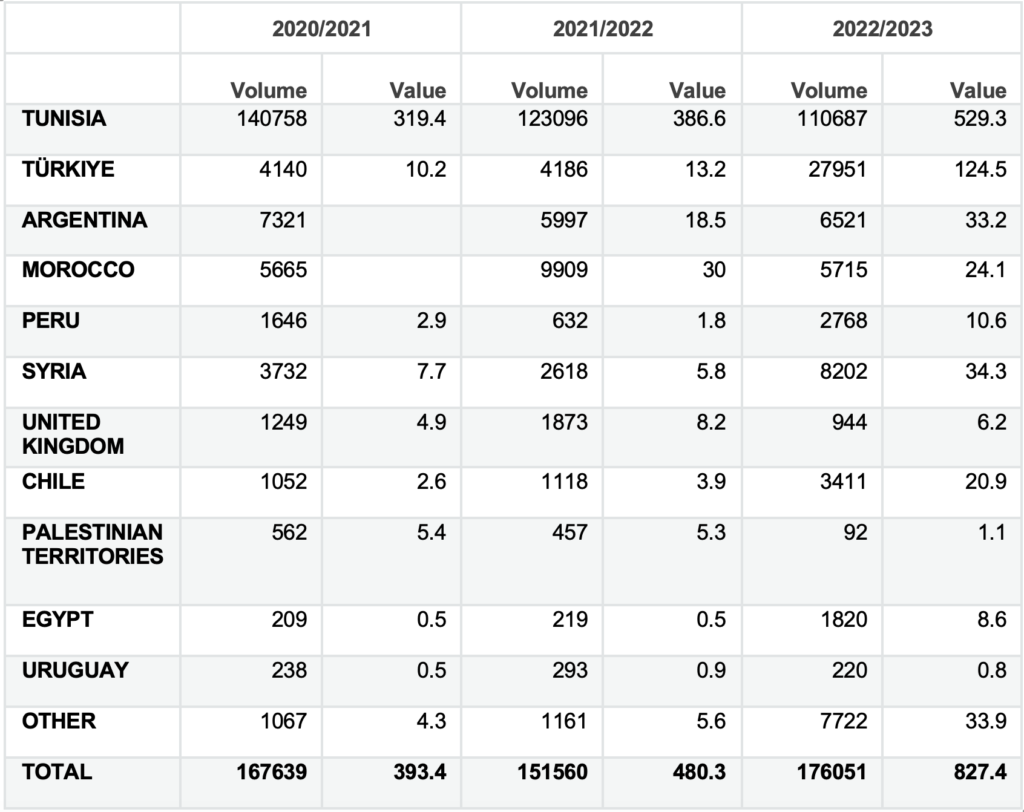
Table 4: Extra-EU imports by partner country and crop year (volume in tonnes and value in millions of euros/CFA).
The harmonised index of consumer prices for olive oil in the EU (HICP) rose by 45.5% in June compared to the same month in the previous crop year, less than in May (-0.4%).
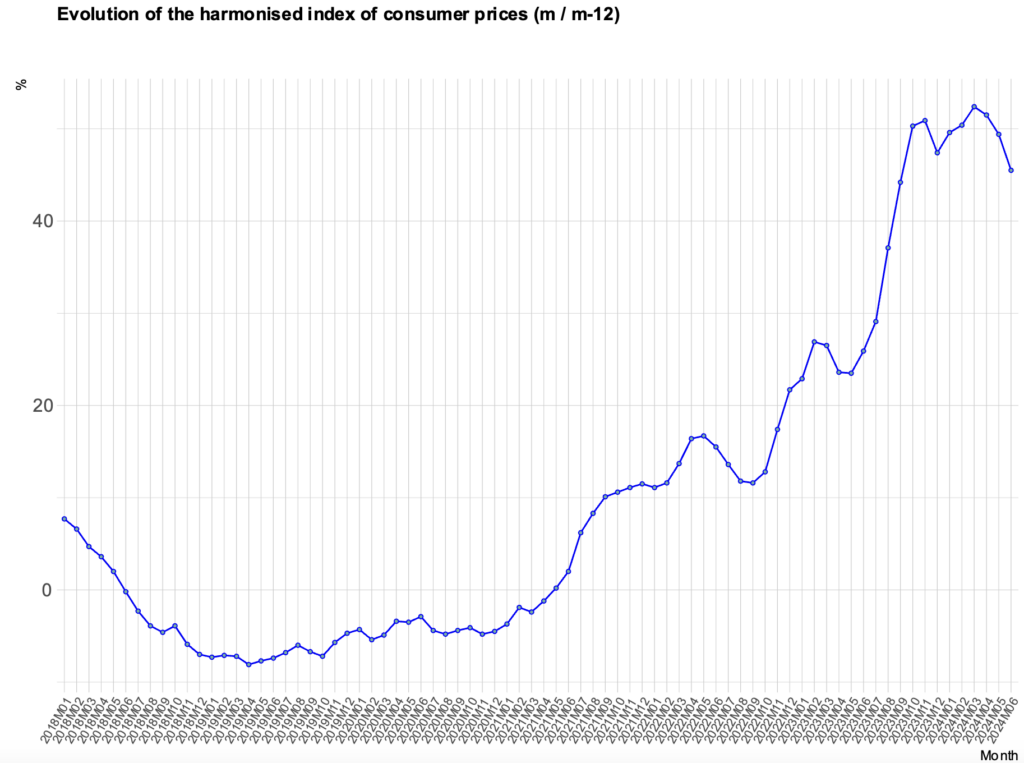
Graph 5: Trend in the HICP for olive oil in the EU-27. Rate of change (m/m-12) (%).
By country, the biggest increases were recorded in Denmark and Bulgaria.
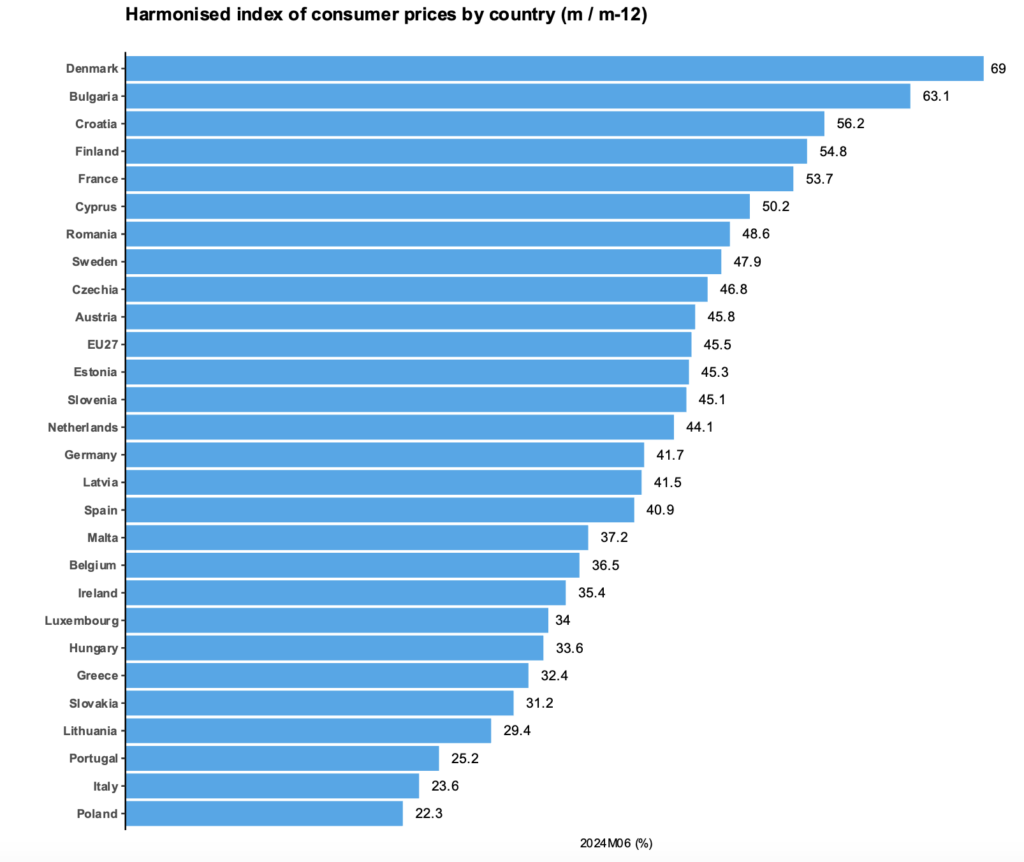
Graph 6: HICP for olive oil by country in the EU-27. Rate of change (m/m-12) (%).
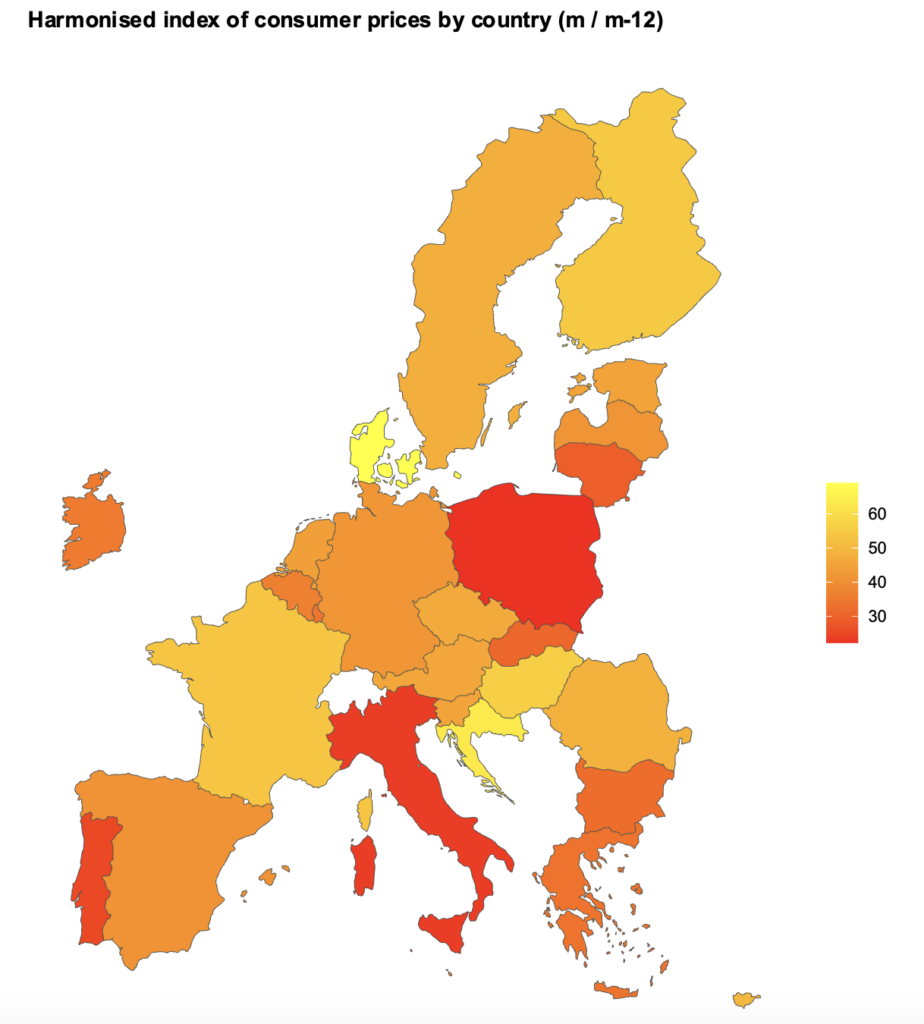
Graph 7: HICP for olive oil by country in the EU-27. Rate of change (m/m-12) (%).
Click on these links to read more about olive sector prices, exports, and other relevant information.






